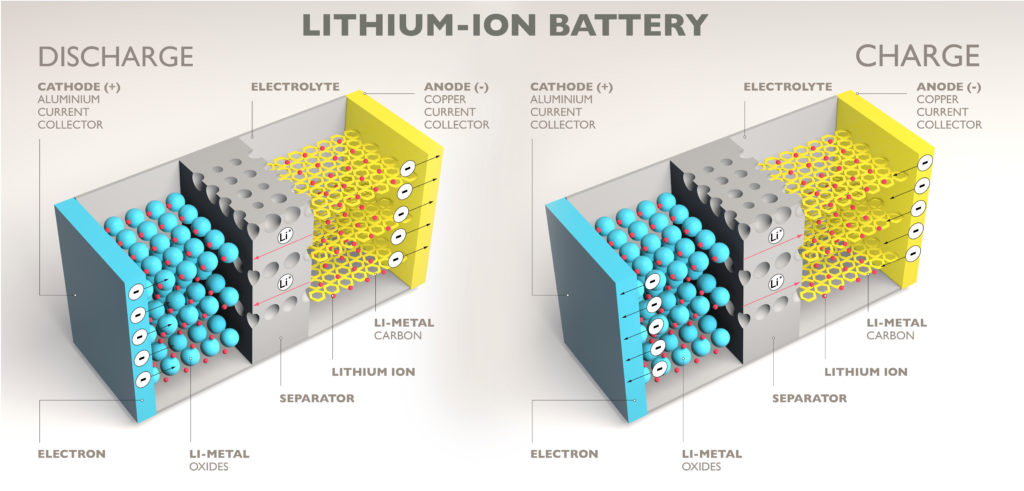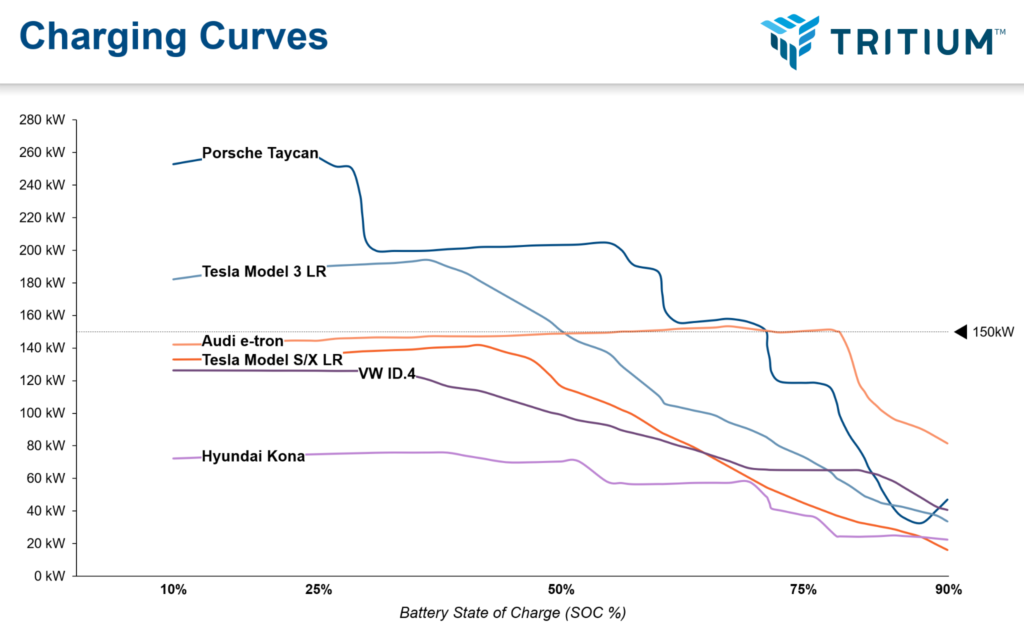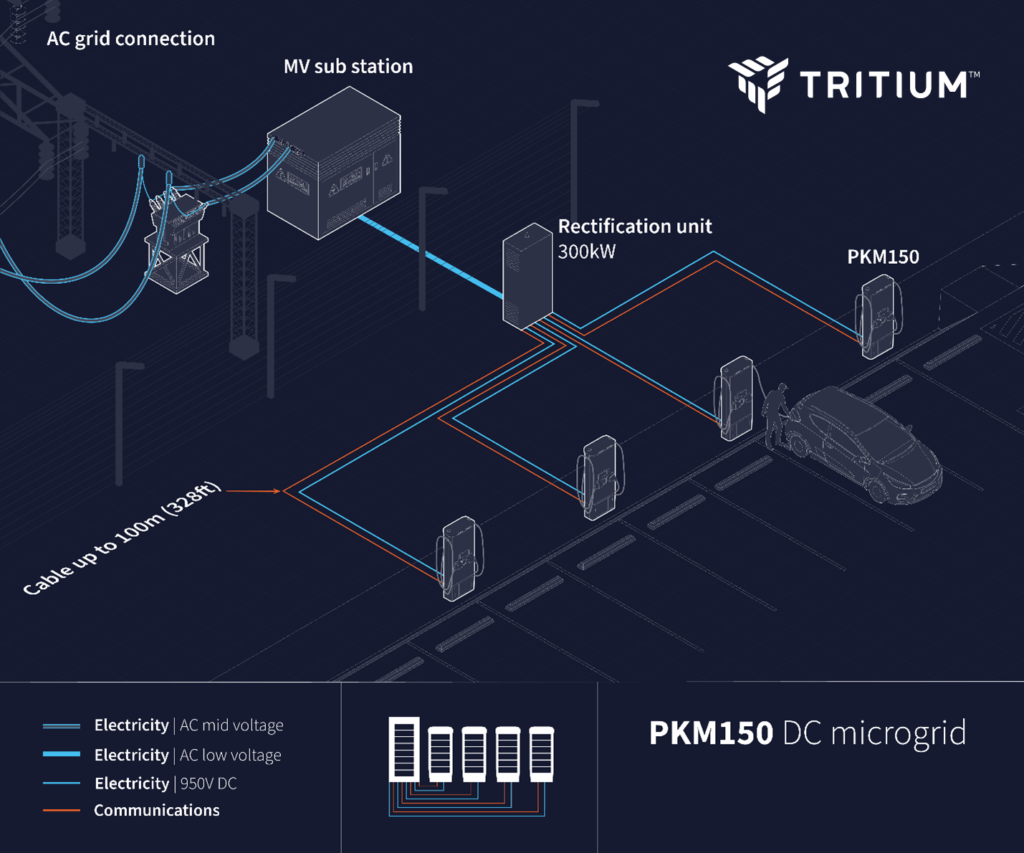Filling up your car with gas is straightforward: Liquid gasoline flows out of the pump and into the tank. The flow rate is linear, meaning the amount of gas flowing out of the pump stays the same over time. You’d be surprised if the pump blasted 10 gallons of gas into the tank in the first few minutes, then took 30 minutes to fill up the rest. However, electric vehicle (EV) charging is non-linear, meaning the rate of energy flow from the charger to your car’s battery is not constant.
Lithium-ion batteries are far more complex and delicate than a simple gas tank. Charge them too quickly and they can get too hot or even be damaged. Overcharge them and they’ll be damaged. Let them sit without charging or discharging and they’ll lose capacity. To prolong battery life, EV manufacturers develop charging routines, or “curves,” to manage the charging process in the most optimal way and retain capacity over time. Now let’s learn why lithium-based batteries need charging curves and how EV makers and charger makers work together to deliver them.
Very simply put, lithium-ion batteries store and release energy via a chemical reaction. During this reaction, lithium ions move from one electrode to the other through an electrolyte, either shedding or gaining electrons along the way. Run a current of electricity through the battery and it “charges.” Connect the terminals to a circuit and they discharge.

Charging and discharging lithium-ion batteries generates heat, and excessive heat can reduce long term battery life. Fast charging lithium-ion batteries is a delicate balance between speed and heat. Charge them too quickly and they’ll overheat. To keep batteries cool while charging them quickly, auto manufactures vary the amount of charge over time. Typically, fast charging has two phases, a constant current phase and a constant voltage or “topping charge” phase. During the constant current phase, the battery charges as fast as it can without overheating. You may have noticed that many EV manufacturers say their cars can fast charge from 20 to 80 percent in a short amount of time. That’s the constant current phase, which is the fastest in the charging cycle. After the constant current phase, the charger moves into the constant voltage phase, which is slower. Charging the EV battery from 80 to 90 percent may take as long as charging it from 40 to 80 percent. As the battery nears full charge, it’s critical to make sure it doesn’t overheat, thus charging is slower.

Every EV has its own unique charging curve. When you plug your EV into a DC fast charger, it tells the charger how it needs to be charged. Your car constantly communicates with the charger, relaying information about the battery’s current state of charge. This communication is key to maintaining battery temperature during charging, and the overall health and longevity of your car’s lithium-ion battery. Tritium chargers use multiple communication standards to communicate with cars, including DIN SPEC 70121, ISO 15118, and CHAdeMO. Different cars use different standards, but manufacturers are working to create a more universal experience through a standard called Plug & Charge.
With Plug & Charge, there’s no need to enter payment information. Payment and/or charging network membership info is stored onboard in the car and is transmitted securely to the charger instantly. The system uses cryptographic tools to secure communications between the vehicle and the charging station, protecting the driver’s personal information, the vehicle’s systems that are “touched” during the charging process, and the charger itself from malicious attacks during the charging process. Plug & Charge will make charging up your EV much faster, easier, and more convenient.
The power grid runs on alternating current (AC), but EVs use direct current (DC). Direct current does what it says: Flows in one direction directly. Alternating current flows in alternating directions, flip-flopping from one to the other, 50 or 60 times per second. AC is great for transmitting power over long distances, but it can’t be stored in a battery. To charge a battery, AC power needs to be changed into DC power. DC fast charger systems use something called a rectifier to transform AC power into DC power for charging. Rectifiers essentially redirect alternating current into a single-direction of flow—direct current. That DC current flows into the DC charger, which ensures the EV receives the right amount of power when it needs it.

If you’re considering an EV, you might want a home charger. To learn more about different charger types, check out our article on different levels of charging.
If you’re a business owner who’s interested in installing a DC fast charger, contact one of our experts today: